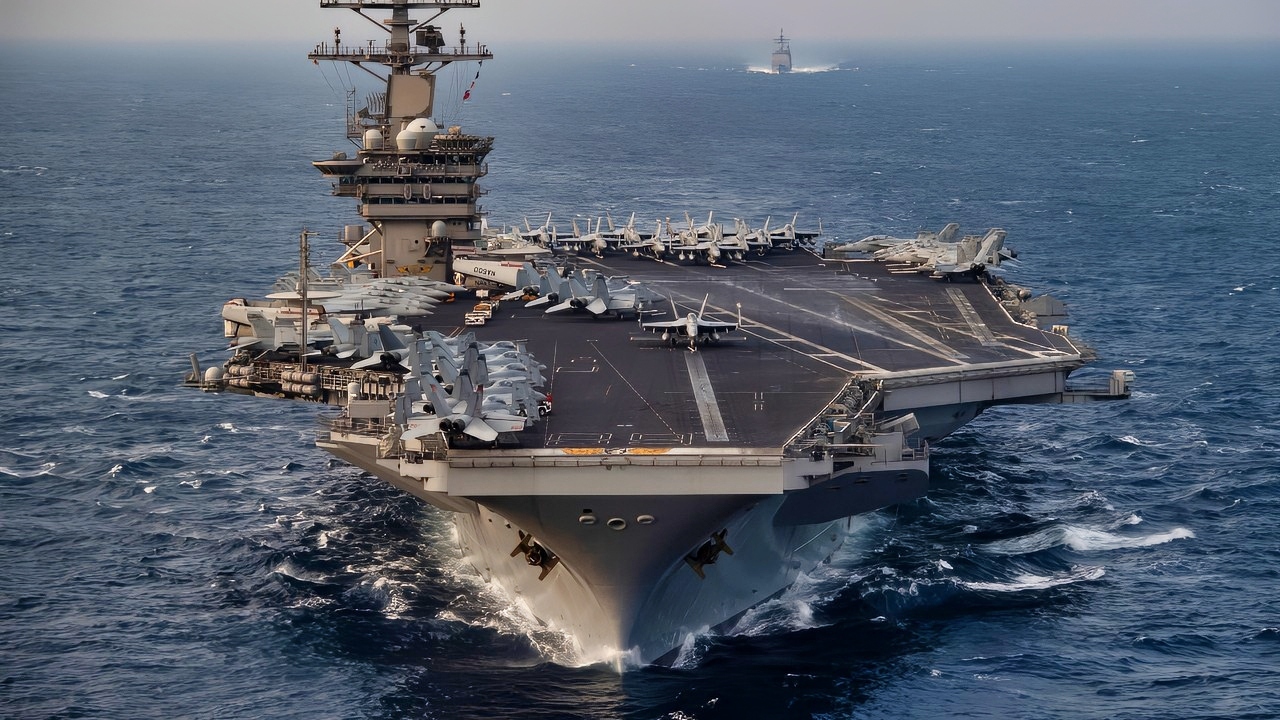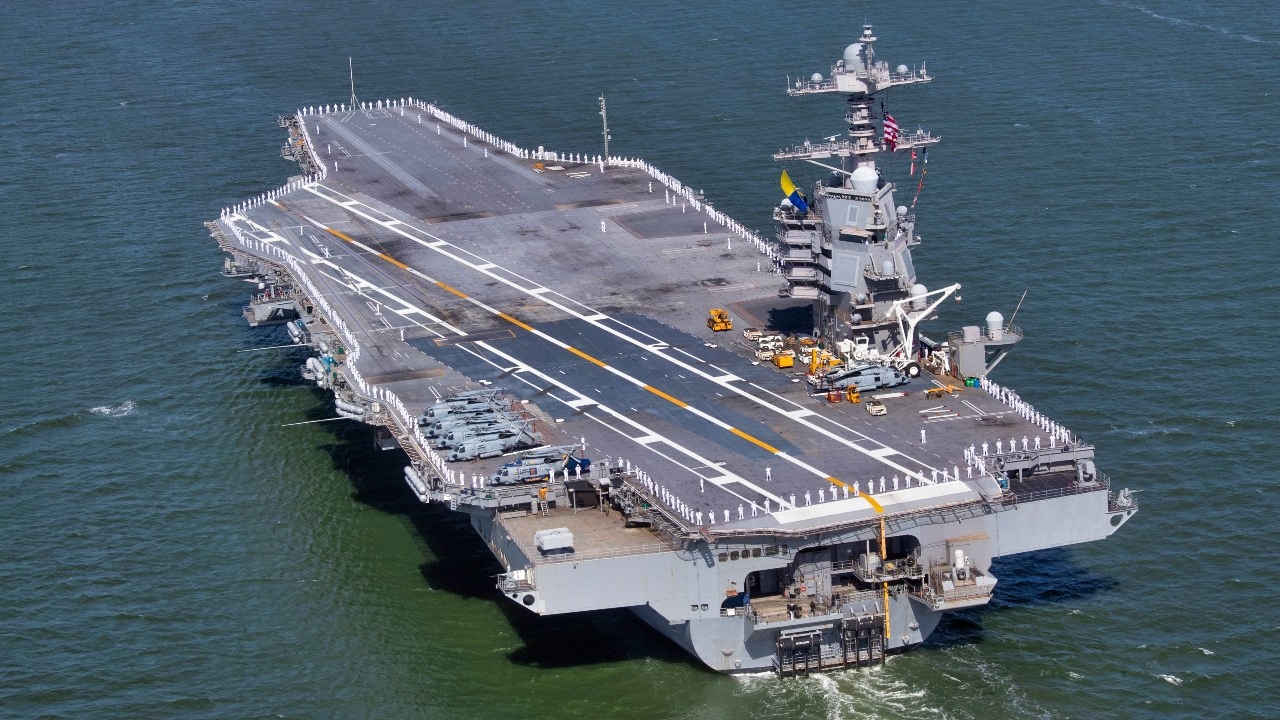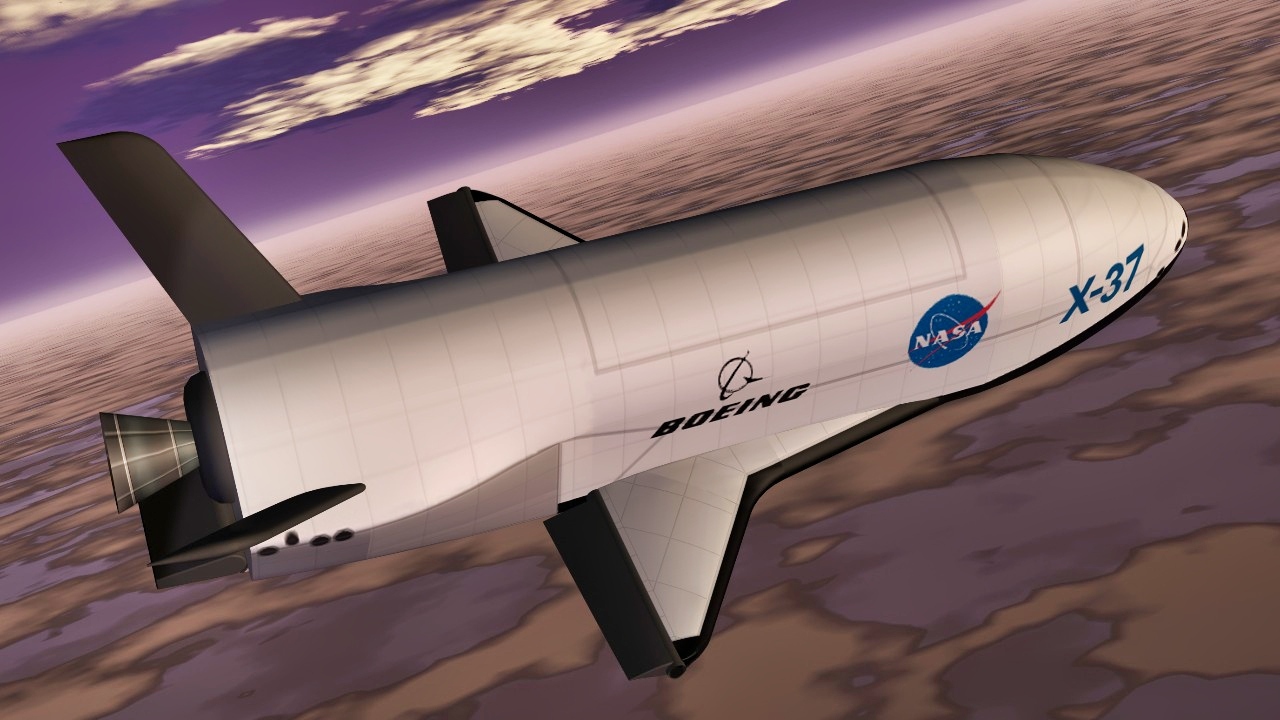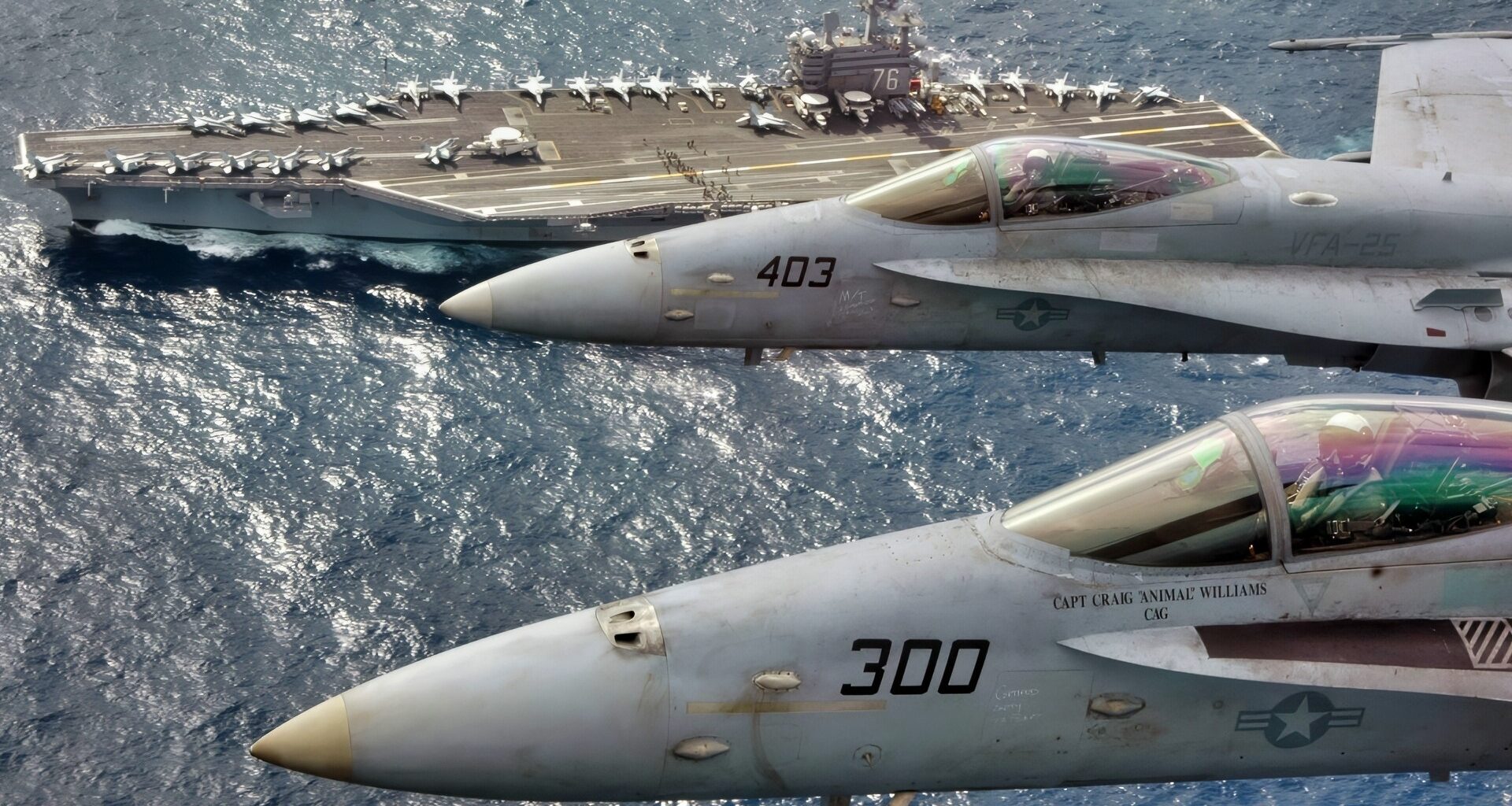Space Aircraft Carrier? Key Points and Summary – SpaceWERX has tapped Seattle startup Gravitics to develop an “orbital carrier”—a pre-positioned, in-space launch pad that can rapidly deploy small maneuverable spacecraft.
-Funded at $60 million, the carrier would host multiple vehicles to replace damaged satellites, block or repair laser “dazzling,” counter-jamming, and respond to on-orbit threats within hours instead of months. The concept mirrors an aircraft carrier at sea, enabling massed, agile spacepower without waiting for ground launches.

(Nov. 17, 2020) The aircraft carrier USS Nimitz (CVN 68) steams ahead of the guided-missile cruiser USS Princeton (CG 59) while participating in Malabar 2020 in the North Arabian Sea. Malabar 2020 is the latest in a continuing series of exercises that has grown in scope and complexity over the years to address the variety of shared threats to maritime security in the Indo-Asia Pacific where the U.S. Navy has patrolled for more than 70 years promoting regional peace and security. Nimitz Carrier Strike Group is currently deployed to the 7th Fleet area of operations in support of a free and open Indo-Pacific. (U.S. Navy photo by Mass Communication Specialist 3rd Class Elliot Schaudt/Released)
-Challenges include cost, multi-launch assembly, and robust command-and-control, but the payoff is faster resilience for GPS and other critical constellations as China and Russia field increasingly aggressive space capabilities.
Here Comes the Space Aircraft Carrier?
We’re used to rocket launches carrying satellites. They happen nearly every day. However, the U.S. Space Force is working on something different that could change the entire way the United States keeps satellites in orbit. Think of an aircraft carrier-like ship that deploys and launches satellites.
This is called an “orbital carrier,” and Space Force can’t wait for the concept to come to fruition.
DARPA-Like SpaceWERX Is Leading the Effort
A startup called Gravitics, based in Seattle, Washington, is developing the orbital carrier. The Space Force has a DARPA-like agency for high-tech projects called SpaceW—the Space Force partners with this entity to get the best space-related ideas to serial production. SpaceWERX has earmarked $60 million for the orbital carrier project.
Rapid Response When Adversaries are Conducting Space Mischief
The orbital ‘aircraft carrier’ has an interesting mission that will employ “multiple maneuverable space vehicles that can deliver a rapid response to address threats in orbit,” the company said in a news release months back that is still making headlines to this day. The firm has been selected for a Strategic Funding Increase to make this ground-breaking concept a reality.
The idea is to enable the Space Force to respond to threats rapidly by pre-positioning multiple maneuverable space vehicles on a carrier.

Ford-Class Aircraft Carrier. Image Credit: Creative Commons.
Would Orbital ‘Aircraft Carrier’ Be a ‘Game-Changer?’
“We’re honored to partner with the U.S. Space Force on this critical initiative,” said Colin Doughan, CEO of Gravitics. “The Orbital Carrier is a game-changer, acting as a pre-positioned launch pad in space. It bypasses traditional launch constraints, enabling space vehicle operators to rapidly select a deployment orbit on-demand.”
Time Ticks By Quickly In Space
Space Force has recognized the need to act more adroitly in addressing threats in space.
Rather than planning a conventional rocket launch with a spacecraft payload the orbital carrier can address an enemy space danger with a new-found nimbleness.
The service branch has been looking for this type of solution for years. It wants to be able to defend assets in orbit from so-called killer satellites, which might be maneuvering as a threat.
It Can Deliver Space Dogfighting Craft
China and Russia may be conducting threatening maneuvers, according to a general in the Space Force. He called it “dogfighting in space” at a Congressional hearing in March.
These actions would threaten Space Force assets without the Americans being able to fight back. Space Force wants to develop counter-space threat capabilities, and the orbital carrier would provide new means to accomplish these objectives.
There are efforts underway for U.S. adversaries to use lasers to “dazzle” and blind satellites. Radiofrequencies can be jammed as well. And cyber attacks can incapacitate space assets too.
Space Force is practicing maneuvers that can also threaten enemy satellites. “Space Force has created units dedicated exclusively to targeting adversary satellites, has conducted ‘live fire’ jamming exercises against simulated adversary spacecraft and has trained units in ‘simulated on-orbit combat.’”

X-37B. Image Credit: Creative Commons.
This is just what President Donald Trump envisioned when he called for the creation of Space Force. It was designed to conduct defensive and offensive operations to blunt adversarial advantages in space, defend craft, and “fight back” if needed to protect U.S. advantages in low earth orbit and beyond.
Let’s say an enemy wants to blind or dazzle a U.S. satellite with a laser. Orbital carrier could send a spacecraft to block this attempt and fix any damage quickly, so the satellite could get back to its mission without much downtime. Before the orbital carrier concept, the satellite could be out of action indefinitely, making it more like an orbiting hunk of junk. Orbital carrier can be the savior in space.
If the satellite is damaged beyond repair, an orbital carrier could launch an entirely new one to take its place. Gravitics regards itself as a “pre-positioned launch pad.”
Previously, the Space Force was considered a nimble player in responding to a satellite attack by launching a rocket from the ground in as little as five months. An orbital carrier would reduce the response time to mere hours in the event of an adverse threat to U.S. space assets.
In recent years, some companies have drastically cut the turnaround time to launch new satellites when there was a problem is space. Firefly Aerospace once sent a Space Force payload with a new satellite 27 hours after identifying the need to replace a probe. Speed is the name of the game.
These days, having a satellite not functioning correctly would be a potential national security problem for U.S. interests, especially if the damaged bird handled a critical function like GPS.
The Aircraft Carrier in Space: Orbital Carriers Have Promise
Orbital aircraft carriers solves a multitude of problems. Let’s see how it progresses in the coming years. One downside would be cost. The initial $60 million will be a drop in the bucket. It may also be difficult to launch an entire space carrier intact and pre-assembled. This would take several dedicated launches. It would probably have to be assembled in space and then the payload carrier space craft would have to be delivered in subsequent missions.
Additionally, an exquisite and robust ground control system would be necessary to ensure the spacecraft remains in orbit and that commands can be communicated at a moment’s notice.
However, this is precisely what the Space Force and its civilian partners have been funded and staffed for. Orbital carrier could definitely be an in-space “aircraft carrier” someday.
About the Author: Dr. Brent M. Eastwood
Brent M. Eastwood, PhD is the author of Don’t Turn Your Back On the World: a Conservative Foreign Policy and Humans, Machines, and Data: Future Trends in Warfare plus two other books. Brent was the founder and CEO of a tech firm that predicted world events using artificial intelligence. He served as a legislative fellow for U.S. Senator Tim Scott and advised the senator on defense and foreign policy issues. He has taught at American University, George Washington University, and George Mason University. Brent is a former U.S. Army Infantry officer. He can be followed on X @BMEastwood.
More Military
F-15C/D: The Best Fighter Jet Ever?
The Air Force’s Big FB-22 Raptor Stealth Bomber Mistake Still Stings
The Navy’s F-117 Nighthawk Stealth Fighter Mistake Still Stings
SR-71 Blackbird: We Got Right Up Close to the Mach 3 Legend
‘Cost Crisis’: $141,000,000,000 For America’s New LGM-35A Sentinel ICBM

